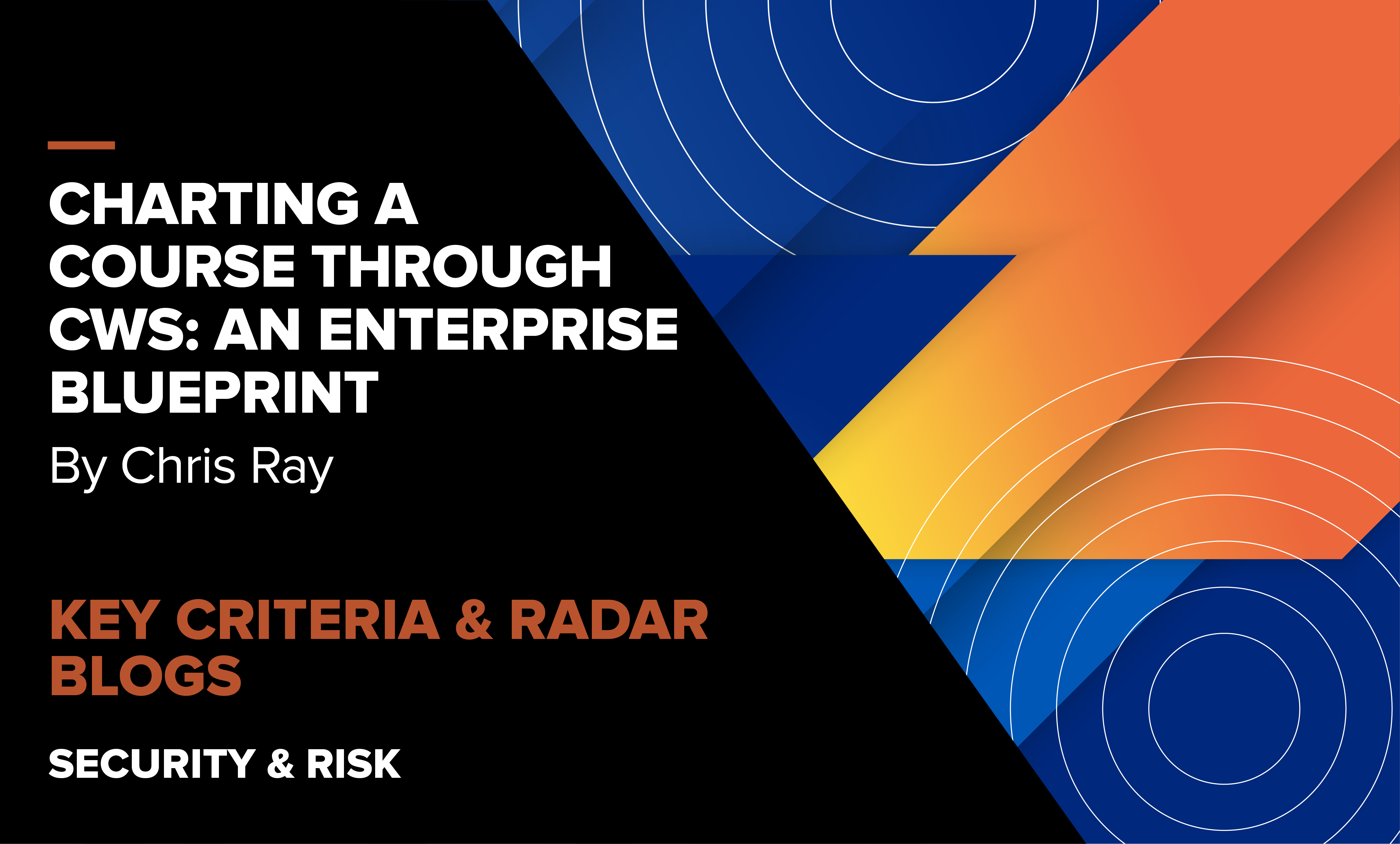The landscape of cloud workload protection (CWS) is speedily evolving, featuring new issues and alternatives for businesses of all dimensions. In this dynamic setting, it’s crucial for providers to make educated conclusions about adopting and deploying CWS alternatives. This web site article delves into critical methods and issues to assure the effective implementation of a CWS solution into your IT infrastructure.
Making ready for A Thriving CWS Remedy Implementation
Very careful preparing is essential when scheduling to apply a CWS solution. Potential customers really should get the following techniques:
1. Assess Existing IT Infrastructure
Start out with a extensive evaluation of your recent IT infrastructure. Detect the sorts of workloads (VMs, containers, serverless architectures) and their areas (on-premises, cloud, or hybrid). Understand your certain stability demands, possible vulnerabilities, and compliance necessities.
2. Think about Integration Prerequisites
Assess how a CWS alternative will combine with your present safety tools and methods. Seamless integration is critical to protecting operational effectiveness and a solid safety posture.
3. Consider Possible Software Displacement
CWS solutions may overlap or switch some existing stability systems, primarily those people concentrated on regular on-premises environments. Consider the scope of your latest equipment and take into consideration how a CWS solution can complement or enrich your present safety steps.
4. Assessment Open Source vs. Professional Choices
In the CWS market place, there are several noteworthy open up source selections like Falco, Kube-hunter, and Clair.
- Falco specializes in detecting anomalous activity in cloud applications, especially in Kubernetes environments.
- Kube-hunter focuses on pinpointing security vulnerabilities in Kubernetes clusters.
- Clair is adept at scanning container visuals for acknowledged vulnerabilities.
Although these open resource equipment present beneficial stability capabilities, they generally come with concealed costs similar to support, maintenance, and integration. Furthermore, open up resource applications may well have to have sizeable interior means for efficient deployment and ongoing administration.
Organizations considering open up source remedies must thoroughly examine the whole cost of ownership, such as the financial investment in complex skills and time essential to manage and combine these remedies into their current infrastructure.
5. Pick the Right Option for Your Use Scenario and Enterprise Requirements
Small and medium-sized firms (SMBs) and substantial enterprises have unique demands, and as a result a solution suited to a big organization could not be appropriate for a scaled-down organization.
- SMBs should prioritize charge-performance and relieve of use and look for answers with very simple pricing designs and intuitive interfaces.
- More substantial businesses really should focus on scalability, extensive compliance checks, and advanced functions like AI-driven stability and zero-belief concepts.
Also, seem for suppliers that offer you options aligning with your infrastructure desires. For hybrid environments, consider distributors that supply support for Kubernetes or OpenShift. For cloud-centric corporations, concentrating on the depth of capacity for a certain cloud (or several clouds) is superior.
Steering clear of Frequent Troubles and Missteps
To make certain the productive deployment and implementation of a CWS alternative, it’s important to avoid these frequent problems and missteps:
- Underestimating integration complexity: A person of the widespread missteps is underestimating the complexity of integrating a CWS option with existing infrastructure. It is critical that you appraise seller assist for integration and know how a lot support is obtainable when it comes to initial setup jobs.
- Neglecting teaching and consumer adoption: Profitable deployment also hinges on suitable coaching and consumer adoption that can improve the rewards of the new protection system. You really should prioritize and commit effectively in training, as it will straight affect the benefit derived from the picked CWS.
- Overlooking ongoing maintenance: Continuous monitoring and servicing are vital. It’s essential to think about roadmaps when evaluating sellers and to continue to be up to day with the hottest characteristics and releases from your picked CWS supplier.
The future of CWS is geared towards additional AI-pushed options, zero-have confidence in security designs, and complete protection throughout diverse and dynamic workloads. Remain informed about the most current developments and enhancements in the CWS space to continue to keep your safety method agile and successful.
Next Measures
Adopting a CWS remedy is not just about improving safety it’s about empowering your organization to run a lot more confidently and effectively in a digitally pushed entire world. With the proper approach and solution, you can safeguard your workloads and pave the way for innovation and growth.
To master far more, get a appear at GigaOm’s CWS Vital Standards and Radar reviews. These studies supply a comprehensive overview of the sector, define the conditions you will want to take into consideration in a acquire decision, and consider how a selection of suppliers accomplish versus those people decision conditions.
If you’re not nonetheless a GigaOm subscriber, you can accessibility the exploration utilizing a no cost demo.
